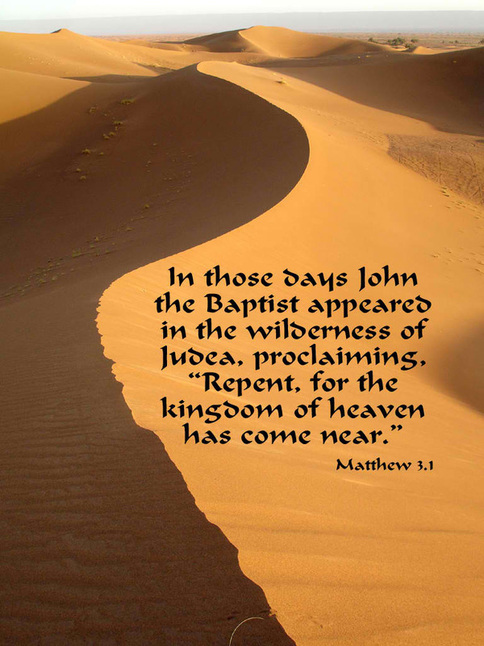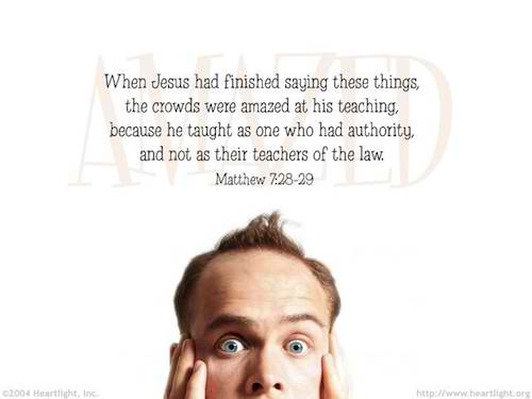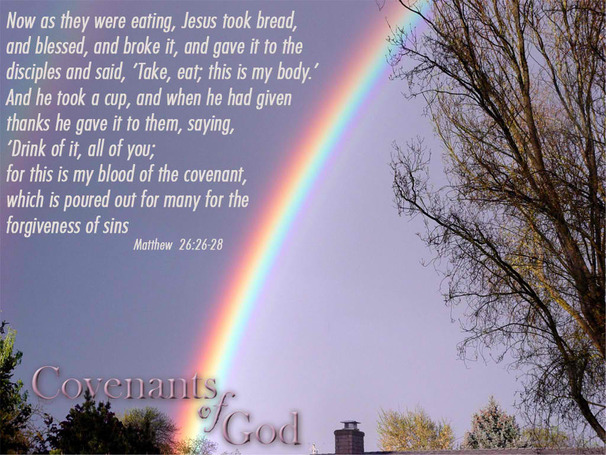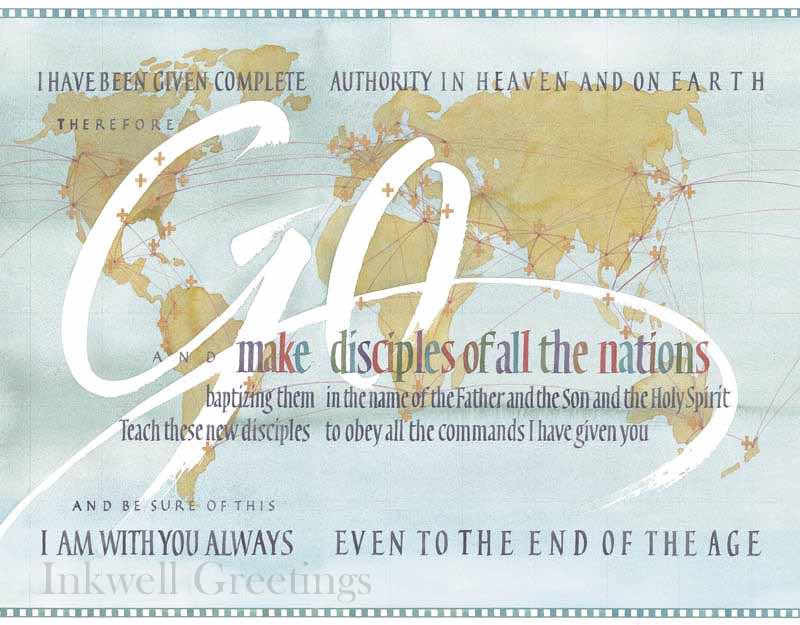The Gospel of Matthew

The Gospel of Matthew was so named to distinguish it form the other Gospel accounts. There is only one gospel, but four accounts of it. So we have here Matthew's version of the 'good news' from God. Matthew's name means "gift of the Lord."
All four of the canonical Gospels are anonymous, but the early church fathers were unanimous in holding that Matthew was the author of this Gospel. He was a tax collector and was also known as Levi. The Gospel was most likely written before the destruction of Jerusalem in A.D. 70.
Matthew's main purpose is to prove to his Jewish readers that Jesus is their Messiah. He quotes the Old Testament often and uses the phrase "kingdom of heaven" frequently.
The New Covenant of grace began in Matthew 27:50-51, "And Jesus cried out again with a loud voice, and yielded up His spirit. And behold, the veil of the temple was torn in two from top to bottom; and the earth shook and the rocks were split."
All four of the canonical Gospels are anonymous, but the early church fathers were unanimous in holding that Matthew was the author of this Gospel. He was a tax collector and was also known as Levi. The Gospel was most likely written before the destruction of Jerusalem in A.D. 70.
Matthew's main purpose is to prove to his Jewish readers that Jesus is their Messiah. He quotes the Old Testament often and uses the phrase "kingdom of heaven" frequently.
The New Covenant of grace began in Matthew 27:50-51, "And Jesus cried out again with a loud voice, and yielded up His spirit. And behold, the veil of the temple was torn in two from top to bottom; and the earth shook and the rocks were split."

I. The Birth and Early Years of Jesus (1:1-2:23)
II. The Beginnings of Jesus' Ministry (3:1-4:11)
III. Jesus' Ministry in Galilee (4:12-14:12)
IV. Jesus' Withdrawals From Galilee (14:13-17:20)
V. Jesus' Last Ministry in Galilee (17:22-18:35)
VI. Jesus' Ministry in Judea and Perea (19:1-20:34)
VII. Passion Week (21:1-27:66)
VIII. The Resurrection (28:1-20)

Chapters 1-4 in Matthew primarily discusses the miracle birth of Jesus and the events surrounding His early life. This primarily involves the commonly told Christmas story, but also includes the genealogy of Jesus linking back to Abraham. “She will bear a Son; and you shall call His name Jesus, for He will save His people from their sins” (1:21).

Chapters 5-25 consist of the ministry of Jesus from the introduction of John the
Baptist up to the point of His death at Calvary. These chapters are vital to
our knowledge of Jesus Christ and are much of what we know about God living as
a perfect man on Earth. These passages include Jesus’ famous Sermon on the
Mount, numerous miracles, and priceless teachings to all who would listen and follow.
Baptist up to the point of His death at Calvary. These chapters are vital to
our knowledge of Jesus Christ and are much of what we know about God living as
a perfect man on Earth. These passages include Jesus’ famous Sermon on the
Mount, numerous miracles, and priceless teachings to all who would listen and follow.

Chapters 26-28, contain the death and resurrection of Jesus. These chapters
present the truth of the “Good News” and about how Jesus took the sins of the world upon Himself. This is the central theme of salvation through faith alone in Christ Jesus; His death, His burial, and His resurrection from the dead, all for the sake of sinners. Numerous and amazing Old Testament prophecies are fulfilled frequently in these final chapters. Some of these are His betrayal for thirty pieces of silver by Judas, crucifixion with two thieves, and those “wagging their heads” at Jesus while He was yet on the cross.
present the truth of the “Good News” and about how Jesus took the sins of the world upon Himself. This is the central theme of salvation through faith alone in Christ Jesus; His death, His burial, and His resurrection from the dead, all for the sake of sinners. Numerous and amazing Old Testament prophecies are fulfilled frequently in these final chapters. Some of these are His betrayal for thirty pieces of silver by Judas, crucifixion with two thieves, and those “wagging their heads” at Jesus while He was yet on the cross.
continue to Mark....
